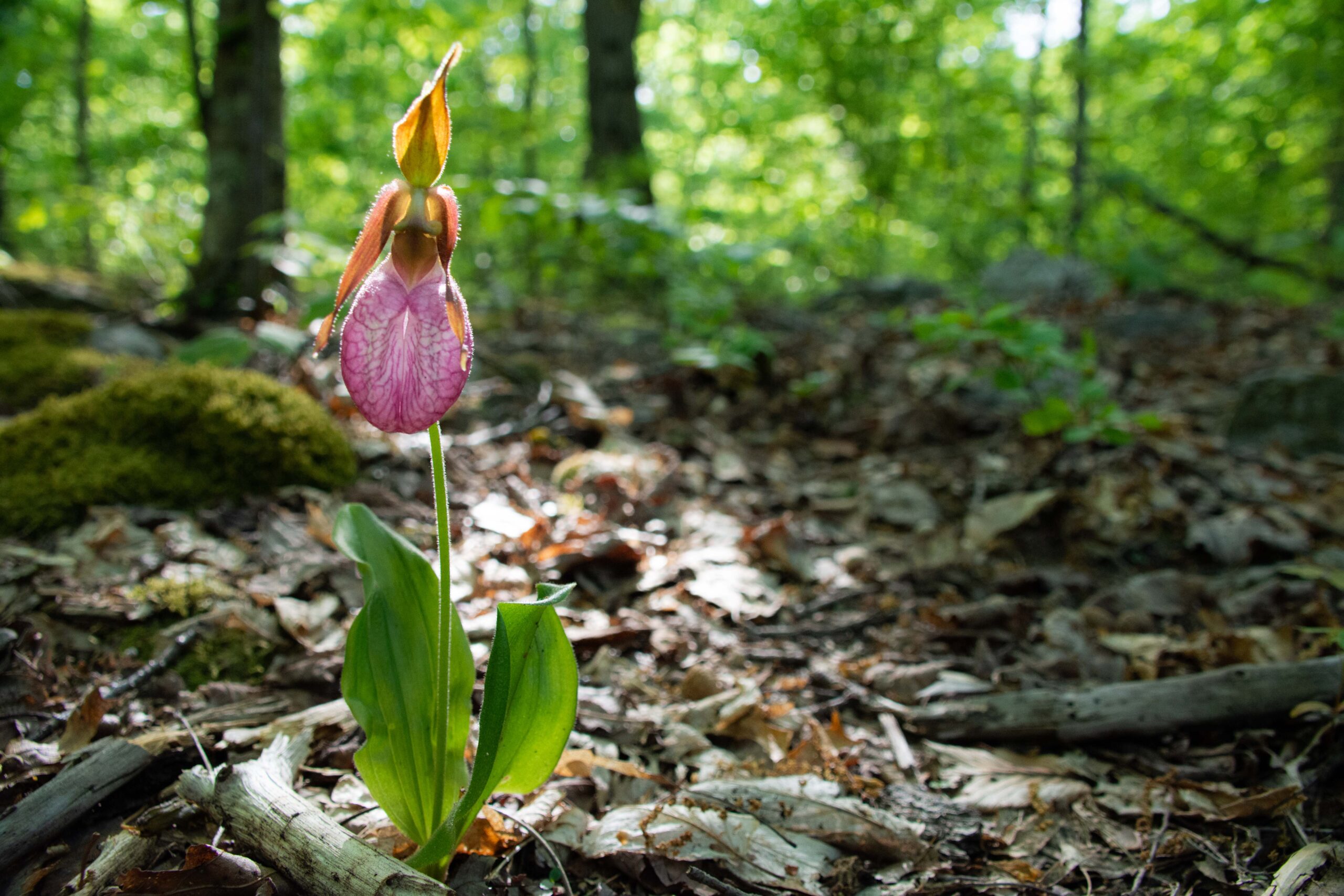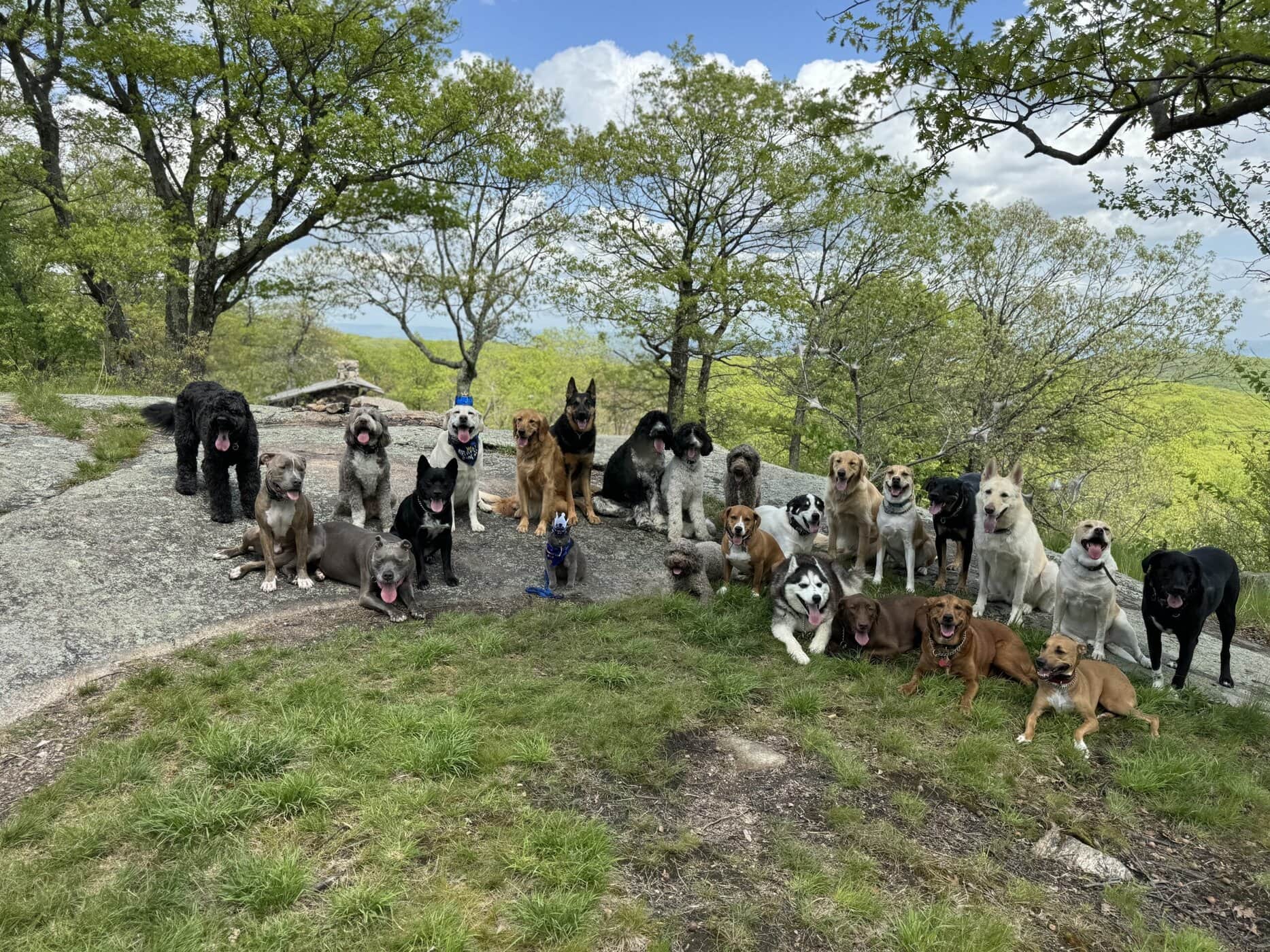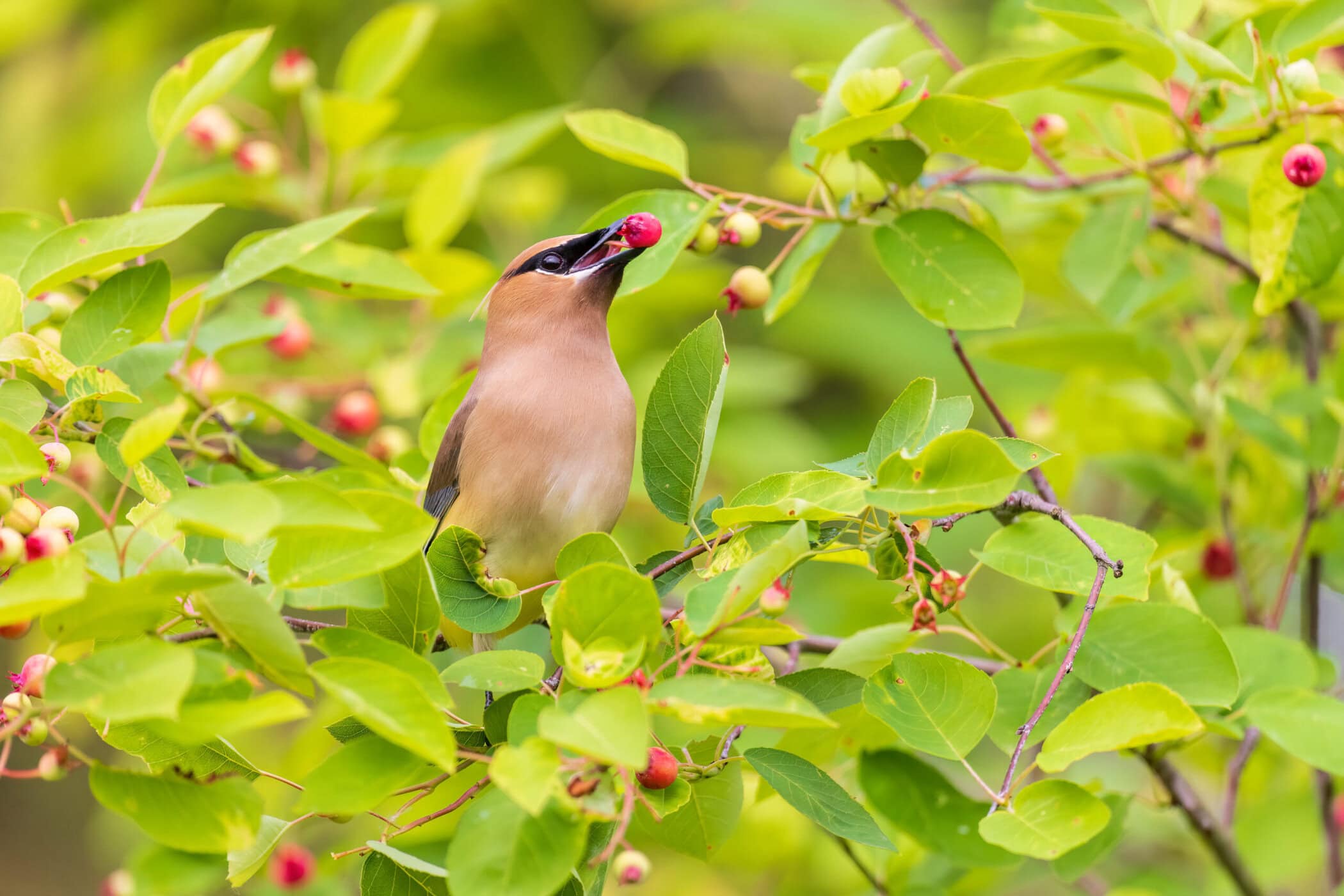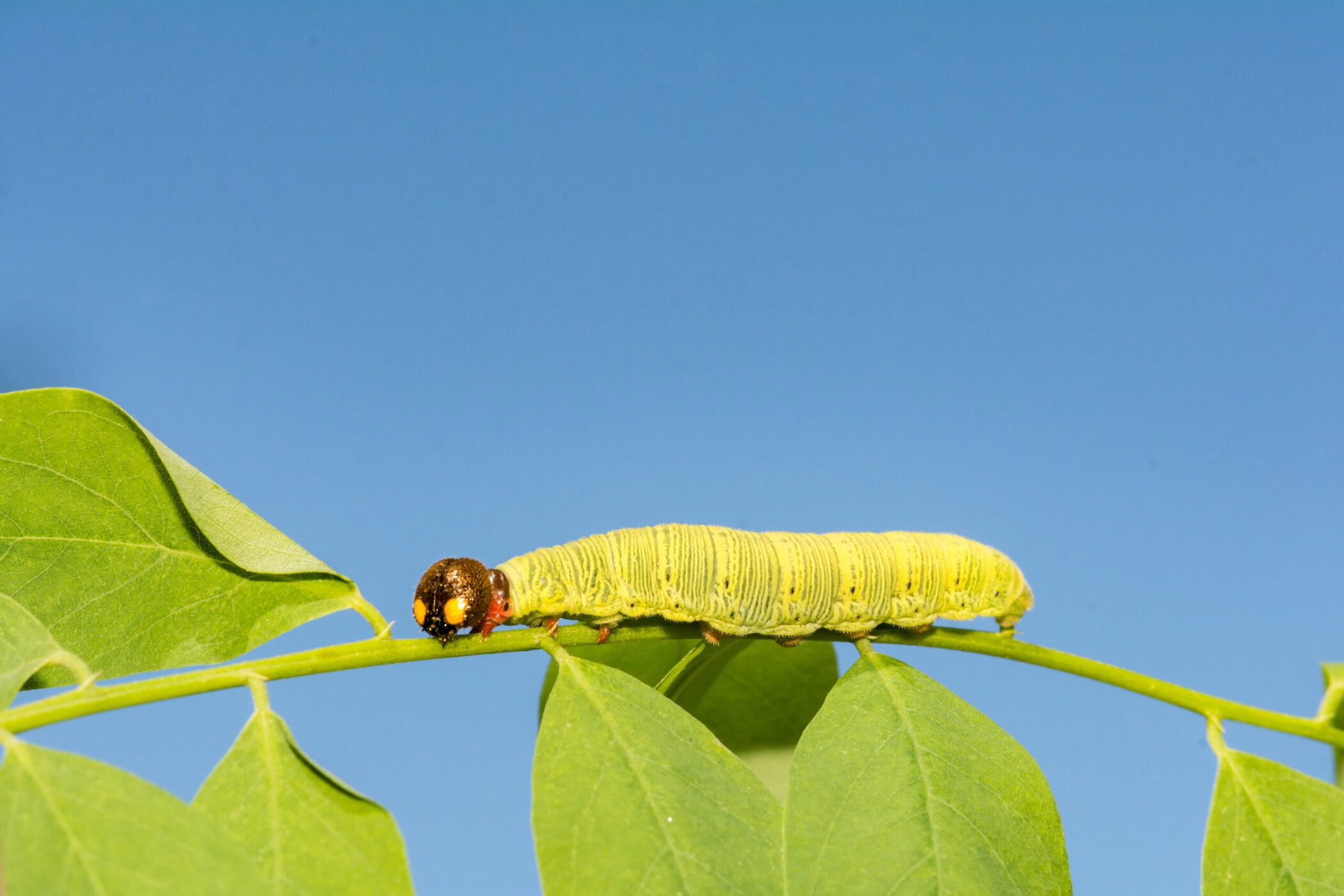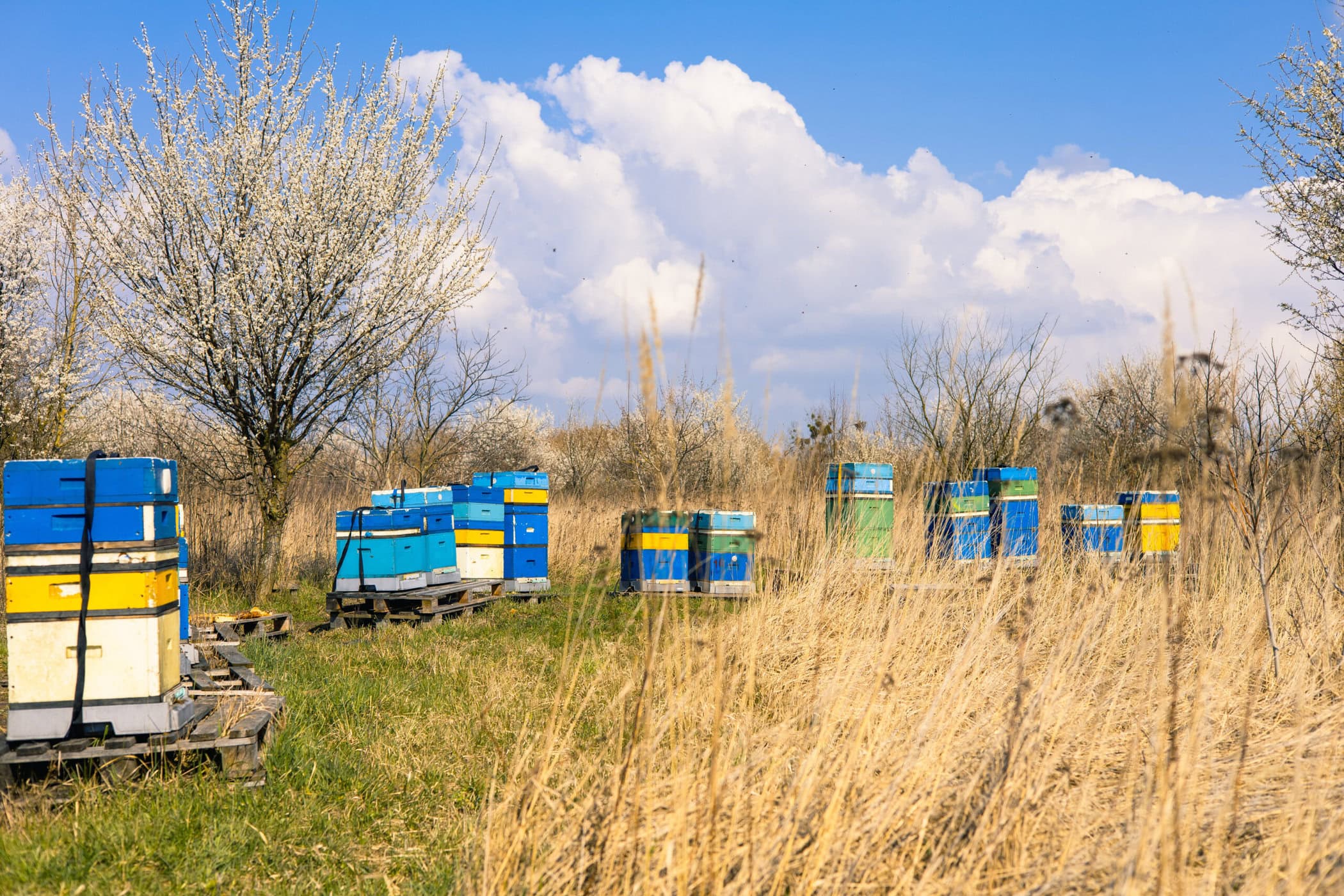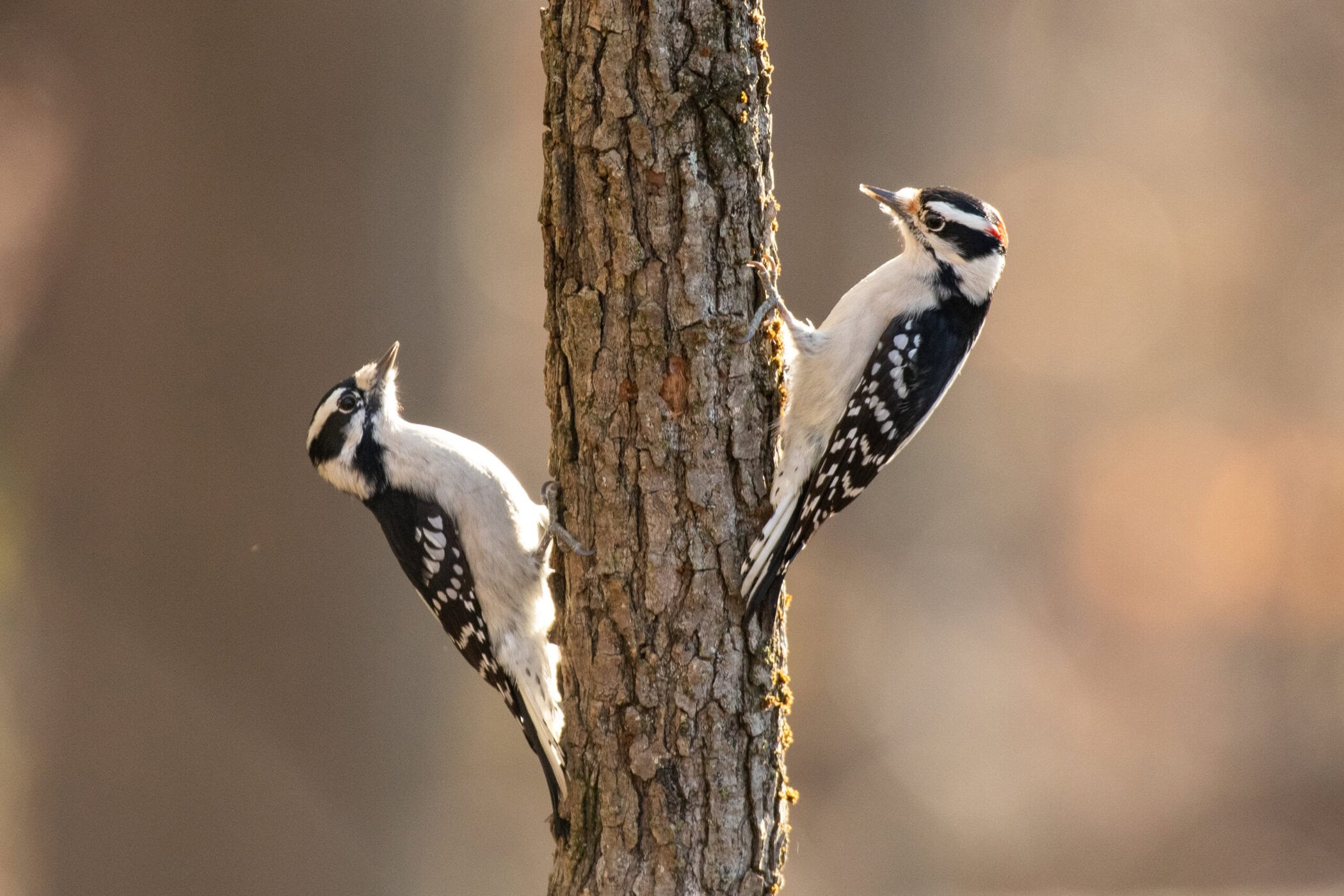With all the emphasis on native plants these days, you’d be forgiven for shaking your head when stumbling across a cactus on a local hike, assuming it’s not native. But here’s a surprise: two types of seemingly desert-ready cactus are adapted to thrive in the Hudson Valley. Parts of the region host two distinct species of prickly pear, the only cacti native to New York State.

The green spiked pads of these prickly pears, accented with the bright yellow flowers that spring forth in early summer, looks like something you’d see in the arid, rocky landscapes of the Southwest. Instead, you can find them in the Hudson Highlands, Sugarloaf Hill, and other sections along the river.
“Besides being a beautiful plant — especially when it flowers, it’s quite striking — it’s also very beneficial,” says Nava Tabak, a botanist and director of Climate, Science and Stewardship at Scenic Hudson. Pollinators like bees and possibly hummingbirds feed on the nectar of the prickly pear flowers, while a variety of small mammals and likely the Eastern box turtle feast on the fruits, she explains.
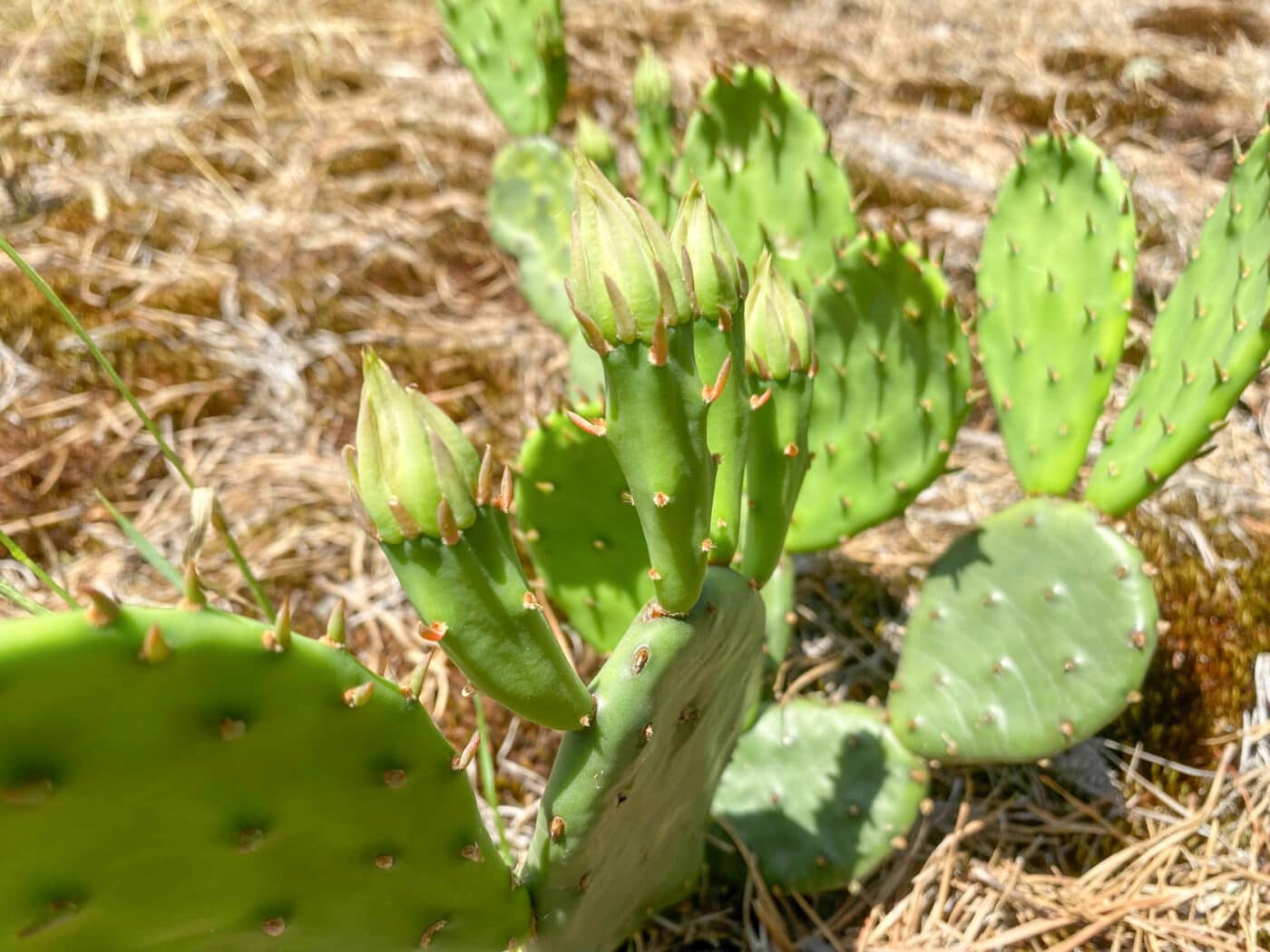
New York is actually home to two distinct species of cacti within the Optunia genus: Opuntia humifusa and Opuntia cespitosa — the latter of which was only recently recognized as a separate species within the state. In fact, it can be difficult to tell the difference between the two species except when they’re in bloom — the flowers of the Optunia cespitosa have a red or orange center.
“They’re fairly separated, although most of the Opuntia cespitosa is mainly south west of Kingston in more limestone areas. The other one, the humifusa, is along the Hudson River from Columbia County all the way down to Long Island,” says Steve Young, a botanist at the New York Natural Heritage Program. Several dozen species of the Opuntia (prickly pear) cactus genus grow through much of the country, from the South, up along the East Coast, and even all the way up to parts of New England.
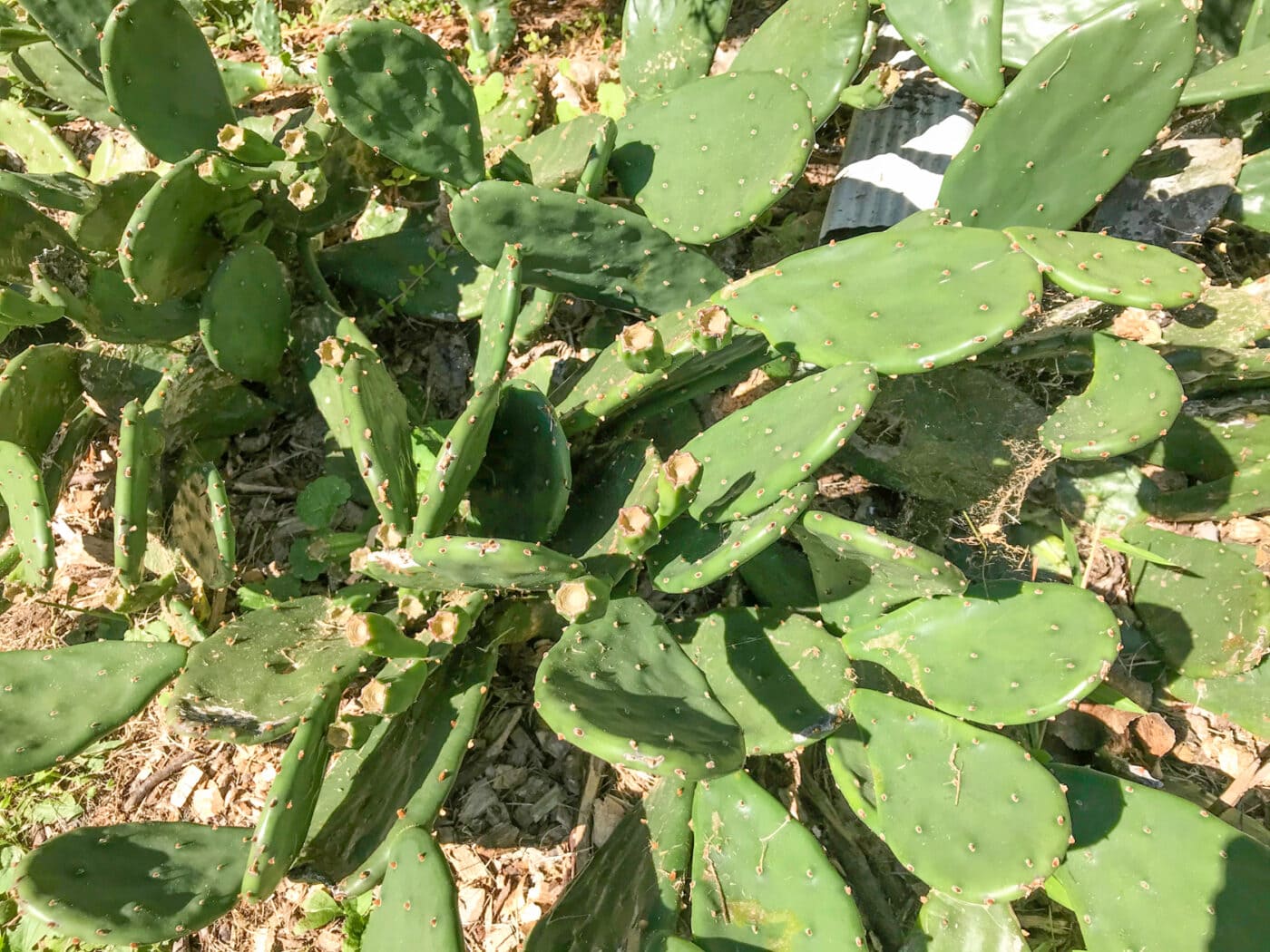
Their thick water-filled stems and spines put them in line with their desert cousins, although the prickly pears are especially resistant to frigid Northeast winters thanks to a special antifreeze-like chemical in their cells. Generally speaking, Opuntia cespitosa tends to be the rarer of the two species in New York, but the growth range of one often overlaps with the other, Tabak says. Confusingly, both species are referred to as prickly pear. Optunia humifusa is also called Eastern prickly pear or devil’s-tongue.
The more temperate coastal environment created by the oceanic warmth carried up the Hudson make for hospitable conditions for prickly pear to thrive. But the jury is out on whether the warming temperatures we’re experiencing due to climate change will be a boom or bust for the cactus, since it favors rocky, dry soil the most.
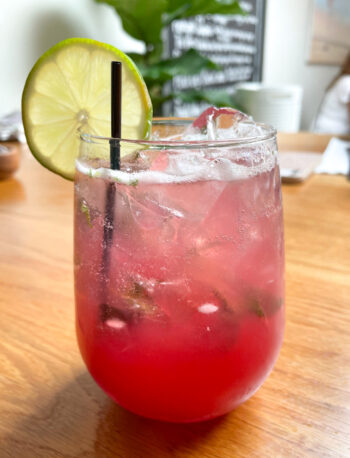
“We don’t expect that all of a sudden the state will be like Arizona, where there are a lot of dry areas,” Tabak says. “In fact, we’re expecting our moisture levels to continue to be high with climate change. So I would expect it might creep up kind of along the Hudson if there’s rocky habitat. The thing is, there’s generally less rocky shorelines as you go north along the Hudson.”
You can grow Eastern prickly pear cultivars in your yard or in a planter, and the pears (fascinatingly, sometimes also called prickly pear “tunas”) are edible. The red fruits carry a reserved sweetness that can be made into jams, desserts, or even cocktails with the right preparation. (Beacon’s Hudson Valley Brewery has even been known to infuse prickly pear into its beer, although the pears weren’t necessarily local.)
These cacti are not common in the Hudson Valley, and as with any uncommon plant, wild harvesting can harm the populations and is not recommended. If you have a cultivated prickly pear in your garden, just be sure to wear thick gloves — one touch and you’ll discover exactly where the “devil” in the devil’s-tongue name comes from.


